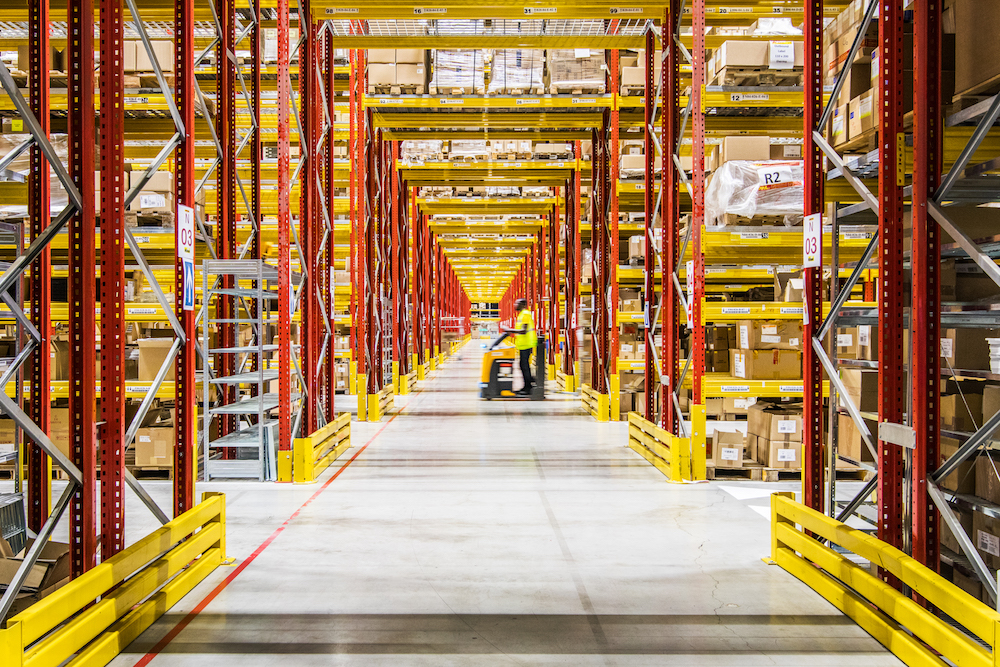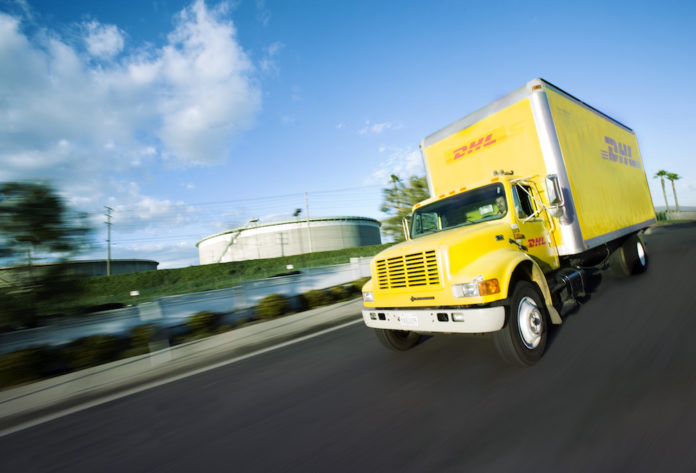The COVID-19 pandemic upended our world, almost overnight. Suddenly, businesses of all manners had to change how they operated. This included beverage alcohol wholesalers and distributors.
For a deeper dive into how the novel coronavirus has affected the middle tier of our 3-T system, we recently spoke with Greg Foreman. He’s vice president of operations at DHL Supply Chain, one of the largest third-party logistics providers in controlled beverages. DHL Supply Chain works with more than three-quarters of the states that currently outsource this activity.
Beverage Dynamics: What was the initial impact of COVID-19 on the distribution business?
Greg Foreman: Obviously this has been a once-in-a-lifetime experience. It literally shut the whole economy down. Like everybody else, our number one priority has been safety. We focused first on that before we looked at anything operational.
We instituted policies and procedures around sanitation. Like spreading out lunch breaks so that people were staggered in the cafeterias in our warehouses. And everyone wore PPE. We were very cautious in those early days for anyone who showed signs of COVID.

BD: And what happened when employees showed signs?
GF: Fortunately, that didn’t happen often. We had a steering committee set up for our COVID response. Incidents were monitored closely. We reacted immediately and sent home anyone showing signs of COVID, sent them to a doctor. We researched who they had been with and contacted those people. Again, fortunately, we did not have many incidents.
BD: How did the pandemic affect your supply chain?
GF: From a supply-chain perspective, we obviously had smaller order quantities going out to the on-premise. At the same time, our orders increased for off-premise because of the bulk purchasing seen for that segment of the industry. That actually made our operations more efficient, because we had full cases going to the off-premise customers. It made our operations more streamlined, with larger orders rather than smaller ones.
There was that massive surge upfront for off-premise, as customers were stockpiling. Volumes surged. We had to change our operations, our operational profiles. We had to think very fast. Every day, every week, was a different dynamic.
BD: What about now?
GF: We are now seeing a return to a more normal profile.
BD: What safety measures went into place at your warehouses?
GF: Social distancing, keeping six feet apart, became standard. People wait now while someone is coming around the corner, or while someone else is in the bathroom. We upped our sanitation to the highest levels. We did deep cleanings regularly and while the whole operation shut down.
Early on we put a hold on any new recruitment for fear of bringing in new people.
Posters are everywhere in our warehouses, reminding staff to wash their hands, wear masks and report anyone who’s not feeling well, including their family. Temperature checks are also standard now.

BD: What about out on the road? How are you protecting drivers?
GF: Social distancing, hand sanitizer, masks. As drivers come back into the warehouse, we have them sanitize their hands as they’re coming in and out of the receiving office, as an extra precaution. This is true whether they’re a contractor or an associate — protocols remain the same.
This did impact productivity. We can’t have more than five drivers now in an inbound office at one time, but safety remains our number one priority.
BD: How is this impacting the broader alcohol industry?
GF: From a functional and operational perspective, COVID is leading to greater digitization. Because we had already invested in that technology, we have had the ability to communicate with everyone so much easier. Things as simple as how many people are on a shift. We were already ahead of that trend, and now that trend has become the new normal.
It’s unfortunate, of course, that we had to go through something like this pandemic to speed up that trend. But it has had the positive impact on the digitization of communication with staff and customers.
Out customers are saying the same thing. Where before they had a lot of paperwork, say for something like obtaining and maintaining licenses, now that’s becoming more digitized and automated as well. And a lot of our customers are also now going towards omnichannel ecommerce. The pandemic really opened up a trend that we were already seeing.
BD: Will these trends stay in place after we defeat COVID-19?
GF: I certainly think so for some of the non-consumer behavior trends. Digitization in how we communicate, more online processes, those are going to continue. I see no reason to ever go back now that we’ve seen how these are more efficient.
In terms of inventory management, that whole formula got thrown out the window, because the same amount of people cannot be working now in a wholesale center. I think that people such as ourselves with better planning and communications will have a leg up. We’re still dealing with daily and weekly demand changes, and adjusting accordingly.
I can’t emphasize enough the importance of managing inventory effectively. Not only demand forecasting and network planning, but also reducing overall inventory levels in your network, while still having sufficient volumes to meet demand, and being able to shift between different SKU profiles. We see technology as the main lever here, in terms of more automation — the use of collaborative robotics, for example — and artificial intelligence to generate better forecasts and visibility on inventory flows.
I’m curious about consumer consumption, how quickly they’re going to go back to the on-premise vs. drinking at home. I think it’s going to be slow progress before we’re back to normal on-premise. A vaccine would obviously have a positive impact on that side.
I see more of an off-premise trend for a load and profile perspective, but within six months to a year, we’ll probably be back to normal.
Kyle Swartz is editor of Beverage Dynamics magazine. Reach him at kswartz@epgmediallc.com or on Twitter @kswartzz. Read his recent piece What Alcohol Consumers Are Buying, Months into COVID-19.





[…] and CFO of Heart of America Beverage Co., took helm of the organization in a time that saw the beer distribution industry, like so many others, roiled by the sudden advance of […]
[…] seem so far in the past, but they were less than a year ago. In the old days, alcohol distributors had a tried and true sales method. The sales […]
[…] the world, wholesalers, warehouses and shippers adapted rapidly. During this time of change, we spoke on the topic with Greg Foreman, VP of operations at DHL Supply Chain, one of the largest third-party […]